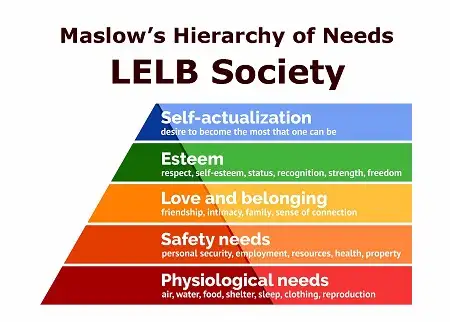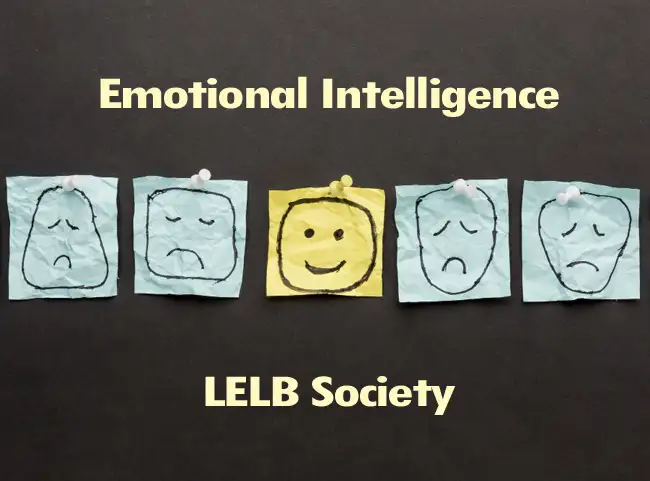Table of Contents
Humanistic Language Learning
Humanistic Language Learning
The best introduction to humanistic learning within language education is Stevick (1997, as cited in Nunan, 2003). He believes that particular classroom techniques matter less than establishing the right emotional climate for the learners. According to Stevick (1990), among different language methods and approaches, Community Language Learning (CLL) seems to be the very epitome of humanistic education. In fact, Curran’s CLL is basically concerned with students’ personal feelings, social relations, self-actualisation, and the realisation of intellectual potential.

Rogers’s (1951, as cited in Brown, 2000) humanistic psychology under the title of ‘client-centered therapy’ has more of an affective focus than a cognitive one and is said to fall into the perspective of a constructivist view of learning. The philosophical approach known as humanism has found expression in education in approaches that place the experiences and feelings of the student at the centre of the learning process. It thus provides the philosophical underpinning for learner-centered approaches to second language learning and teaching (Nunan, 1999). Humanistic education seeks to teach both the intellectual and the emotional dimensions of the students (Moskowitz, 1981). According to Williams and Burden (1997), “Humanistic approaches emphasise the importance of the inner world of the learner and place the individual’s thoughts, feelings and emotions at the forefront of all humans development” (p. 30).

Nunan (1988): Humanistic education is based on the belief that learners should have a say in what they should be learning and how they should learn it, and reflects the notion that education should be concerned with the development of autonomy in the learner (p. 20). One of the curricula on the foundation of humanistic education is ‘learner-centered curriculum’. Teachers wishing to humanise the classroom experience are supposed to treat students as individuals, patiently encourage self-expression, seriously listen to learner response, provide opportunities for learning by doing, and make learning meaningful to students in the here and now.
References
- Brown, H. D. (2000). Principles of language learning and teaching. White Plains, NY: Addison Wesley Longman, Inc.
- Moskowitz, G. (1981). Effects of humanistic techniques on attitude, cohesiveness and self-concept of foreign language students. Modern Language Journal, 65(2), 149-157. doi:10.2307/325593
- Nunan, D. (1988). Syllabus design. Oxford: Oxford University Press.
- Nunan, D. (1999). Second language teaching and learning. Boston, Massachusetts BM: Heinle and Heinle Publishers.
- Nunan, D. (2003). Practical English language teaching. New York: McGraw-Hill Companies, Inc.
- Stevick, E. W. (1990). Humanism in language teaching: A critical perspective. Oxford: Oxford University Press.
- Williams, M., & Burden, R. L. (1997). Psychology for language teachers: A social constructivist approach. Cambridge: Cambridge University Press.



